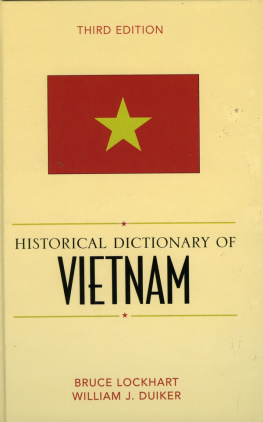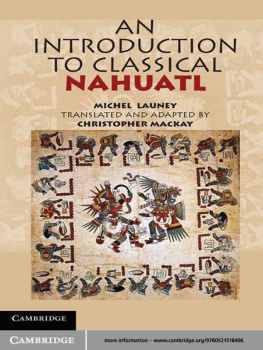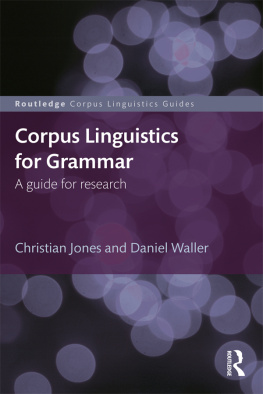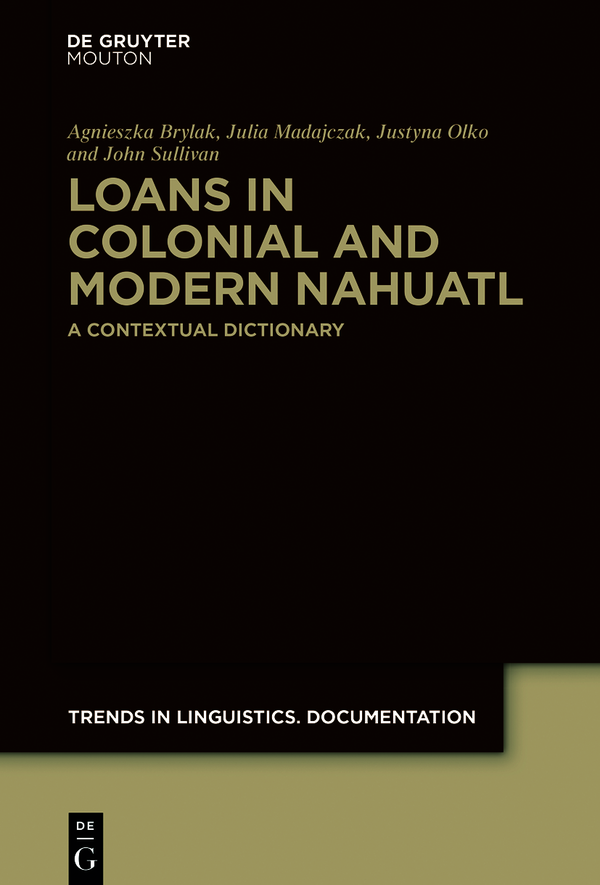Trends in Linguistics. Documentation 35
Edited by
Volker Gast
Walter Bisang
Hans Henrich Hock
ISBN 9783110576832
e-ISBN (PDF) 9783110591484
e-ISBN (EPUB) 9783110591927
Bibliographic information published by the Deutsche Nationalbibliothek
The Deutsche Nationalbibliothek lists this publication in the Deutsche Nationalbibliografie; detailed bibliographic data are available on the Internet at http://dnb.dnb.de.
2020 Agnieszka Brylak, Julia Madajczak, Justyna Olko, John Sullivan, published by Walter de Gruyter GmbH, Berlin/Boston
This work is licensed under the Creative Commons Attribution-NonCommercial-NoDerivatives 4.0 International License.
The research leading to these results has received funding from the European Research Council under the European Unions Seventh Framework Programme (FP7/2007-2013)/ ERC grant agreement no. 312795
Introduction
The present publication is a result of the interdisciplinary project Europe and America in contact: A multidisciplinary study of cross-cultural transfer in the New World across time (Starting Grant of the European Research Council, 20122017, PI: Justyna Olko) that focused on linguistic and cultural contact between Nahuas and Spaniards. It is a contextual dictionary of loanwords, loan phrases, and blends in Nahuatl, embracing data from the 1540s to 2016. It relies on an extensive database that contains a large sample of colonial written sources, a modern written source, and unpublished interviews with speakers of several major variants of modern Nahuatl (including regions of the Huasteca in Veracruz and San Luis Potos as well as Tlaxcala). The sample of written sources covers all the genres of older documentation in Nahuatl, such as annals, historical and ethnographic accounts, mundane documents (testaments, municipal proceedings, petitions, etc.), colonial dictionaries, theatrical pieces, songs, and Christian doctrinal texts. They provide a rich set of loans, mostly from Spanish, but also from Latin, used in various contexts and showing a varying degree of morphological and phonological adaptations to Nahuatl. A large part of the extensive data collection and analysis has been carried out by indigenous native-speaking students and collaborators who participated in the project. The database also contains contextual philological, ethnohistorical, and anthropological data, which allows for the mapping of linguistic developments within a wider social context. The sources have been screened for loanwords, loan phrases, and blends so that the dictionary may reflect the attestations of a given term or expression in the whole analyzed corpus.
The dictionary consists of over 1800 entries, the headwords for which are loanwords and loan phrases from Spanish and Latin. Latin headwords and phrases are labeled (e.g. quatuor dotes Latin). All entries are written using standard Spanish or Latin spelling carrying platform, litter, bier). Homonyms as well as different meanings of words are concentrated in a single entry. Backloans (e.g. elote ear of corn, from the Nahuatl elotl) and words, which though borrowed directly from Spanish, originate in another language (e.g. pichilingue foreign pirate, from speak English) are explained in a footnote. The entries are in alphabetical order and loan phrases are alphabetized as an entire phrase (e.g. de lmina is alphabetized beginning with the letter d).
Each entry contains one or more subentries ( castilla , for example has 128), arranged in alphabetical order. While the main entry headwords correspond to Spanish and Latin, subentry headwords should be considered part of the Nahuatl language: they show the actual usage of the loan in Nahuatl. Loans can appear in the subentries as stand-alone words or phrases, but in the case of the material from Spanish, they can also combine with Nahuatl words and morphemes to form derivations, compounds, incorporations, and reduplications. With only one exception, the part of a subentry headword that corresponds to loan material itself conserves its original Spanish spelling compounds and derived forms; therefore, a) when a loan phrase is compounded with a native noun, both elements are written separately (e.g. a la China acalli Asian boat(s)); when a loan phrase is compounded with a relational word or a derivational suffix, the final word of the loan phrase and the native element are written solid (e.g. Espritu Santotica by means of the Holy Spirit, palos dahuia to beat someone); and when a native noun is compounded with a loan phrase, the native root and the first element of the loan phrase are written solid (e.g. maal revs left-handed). Blend phrases, such as castillatlaolli coztic buckwheat (literally, yellow Castilian shelled corn) are not included in the dictionary as subentries, but they do appear in the example sentences. Each subentry headword is followed by a definition in English and, in cases where the definition does not intuitively illustrate the headwords structure, a literal translation is provided between parentheses. The definitions can be used to generate information on the complete semantic field of a given term as reflected in the analyzed corpus. This makes it possible to trace such phenomena as the modifications made by Nahuatl speakers in the semantic fields of Spanish words, as well as changes in meaning occurring over time as a result of alterations in peninsular or Mexican Spanish or independent developments in Nahuatl-speaking communities.
Following each subentrys headword and definition is a list of all of the dictionarys sources in which it is attested (see the list of sources below). The sources are grouped by genre: annals, bill of sale, cultural encyclopedia, dialogue, legal statement, municipal council records, oral account, petition, religious play, religious treatise, sermon, song, vocabulary, and will. A date range for the specified sources is also provided. The dating of specific sources can either be exact, which is often possible in the case of mundane sources such as court documents, petitions, wills or municipal proceedings, or approximate, in which a short range of years or even a century is indicated. Sometimes it is necessary to indicate a range that takes into account both the date of an original document as well as its only available copy. In the case of annals, we cite the year of the specific record in which a loan is identified, except for records of events that actually took place much before the annals were created. Such records were probably copied from other, earlier annals, and we do not know what kinds of lexical modifications could have been introduced when the later copy was made. In such cases, the general date range for the existing copy is cited. All approximate dates are indicated by ca., and when dating is uncertain or hypothetical, it is marked by ?. Thus, the dictionary makes it possible to trace a specific loan through time and genres, and consequently, to ascertain whether it spread through time and space or if it was confined only to a particular document or a specific author and was therefore unlikely to attain wider and permanent use.
Finally, each subentry includes one or more selections of text or audio transcription from the dictionarys sources, in italics, that illustrate concrete uses of the headword in writing or speech, along with an English translation. All selections from older sources employ the orthography of the original text, as transcribed either by the author of the published text from which it is cited, or by one of the dictionarys editors or contributors, in the case of unpublished manuscripts. [] indicates text in the original source that is illegible/broken, etc. All selections from modern sources are written using the Andrews-Campbell-Karttunen orthography. When a translation is taken verbatim from an English publication, it is presented in quotes, followed by the source citation. Textual selections taken from Spanish language publications or sources that do not include translations, such as unpublished manuscripts and modern materials, are followed by the source citation and then an English translation, without quotes, composed by the dictionarys authors.










